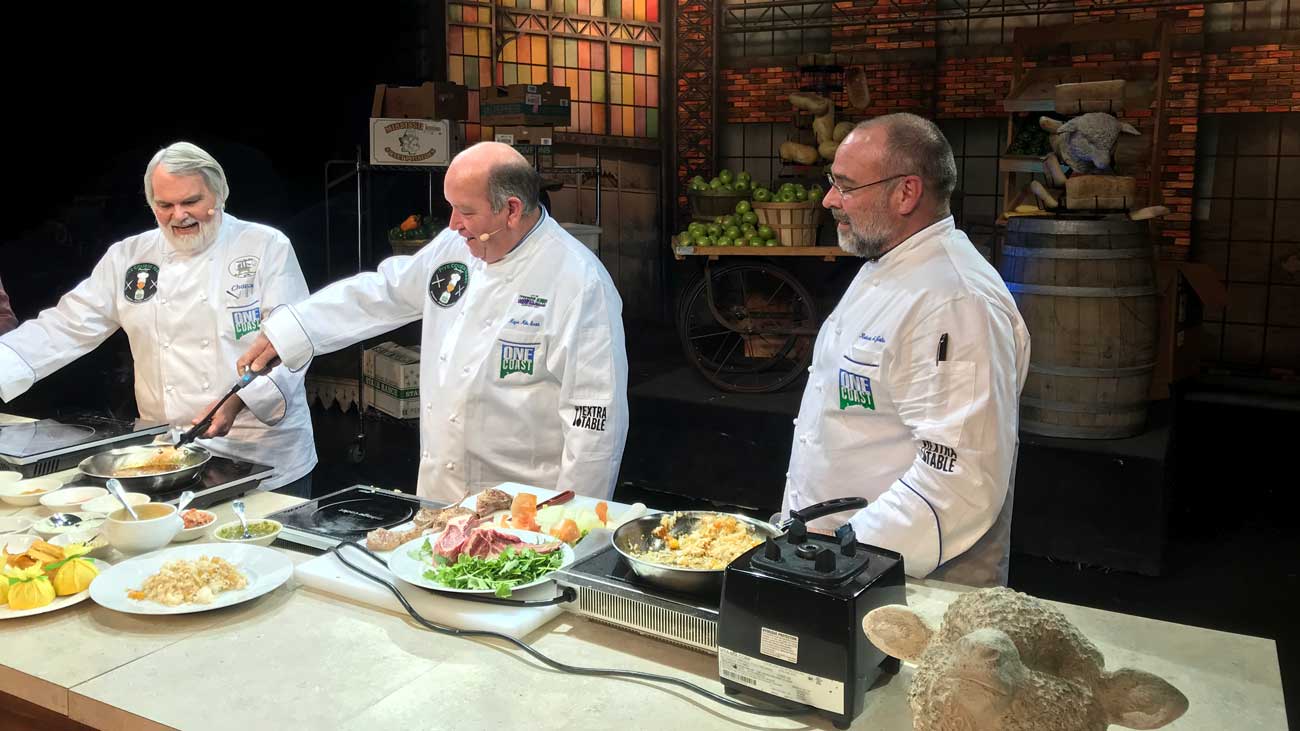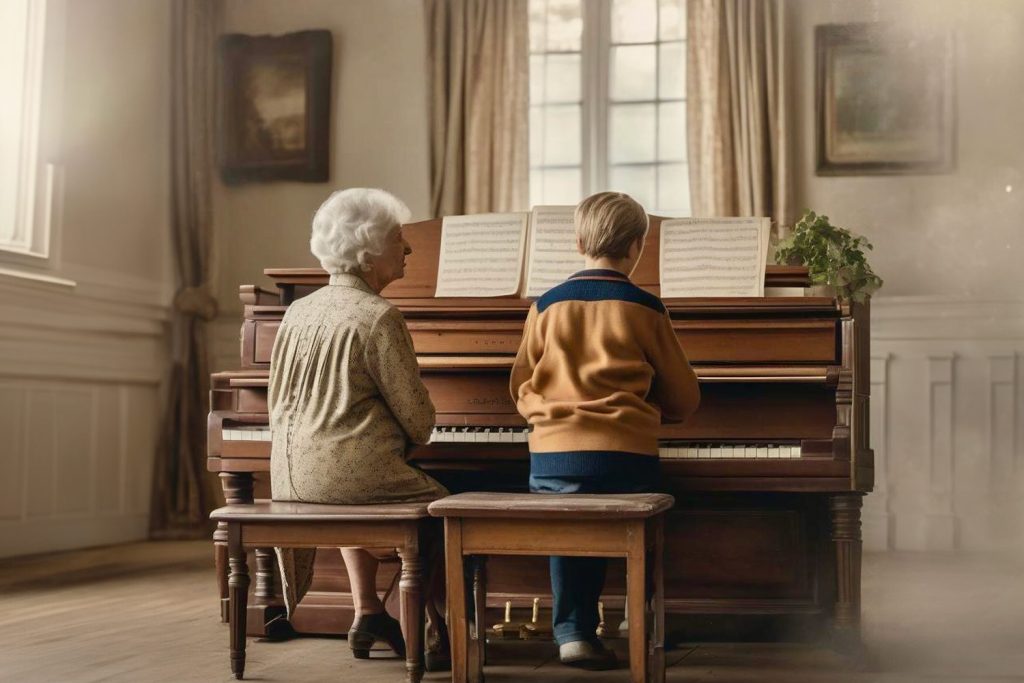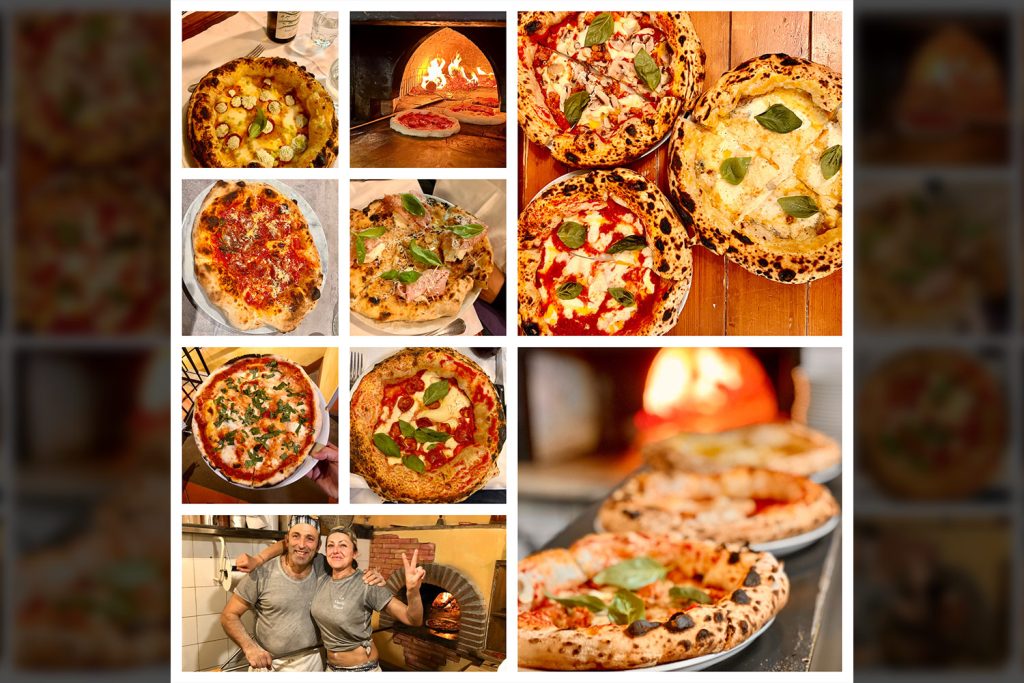The Facebook warning stated “Beware of holes in the bottom of your soft-shell crab!” With an opening statement such as that, the author is almost certain to get a click from me. I bit.
I have been cooking, serving, or eating soft-shell crab all of my life and I’ve never noticed a hole in the shell of the bottom of that particular crustacean. I didn’t even know that this was a “thing.” After clicking the link and reading the first few sentences, I knew that I was wasting my time.
The articled warned of some type of chemical that the Chinese are injecting into their soft-shell crabs before shipping them to the United States. My only thought was “Why would anyone purchase soft-shell crab from China in the first place?” The warning meant nothing to me because I could care less about Chinese imported soft-shell crab. I live 70 miles from the Gulf of Mexico— home to the world’s best soft-shell crab. When they are in season (and they are right now) we receive them alive and kicking at our back door. No one looks for tiny holes where someone might have injected a foreign chemical because we have had 30-year relationships with our seafood suppliers.
If one doesn’t purchase imported seafood then one never has to worry about how someone may be treating his or her seafood in an unregulated foreign land. The same goes for catfish. No respectable Mississippian should ever, repeat EVER, eat Vietnamese catfish, or Basa, or whatever they call it. The same goes with imported shrimp, or any seafood that is plentiful locally.
Any Mississippian dining in a catfish house should always ask where the catfish was raised. We live in the catfish capital of America, yet there are still catfish houses that purchase Vietnamese imported “catfish” just to save a few pennies. It’s clearly not as good as the locally raised product and it’s certainly not as safe. Mississippi catfish farmers have been having a tough time lately. Why would anyone want to pile onto their misery to save a few pennies?
The soft-shell crab industry is a true American, family-operated business. The landscape changed a little in the 10 years after Hurricane Katrina, but there are still families raising soft-shell crabs.
It’s a 24-hour a day job raising soft-shells. The crabs are caught in crab traps and then transferred to holding tanks (called floats) with circulating saltwater that is maintained at a constant 72 degrees. The floats have to be checked every three to four hours, all day, all night, no vacation. The mom might take the 1:00 a.m. shift and the dad might take the 4:00 a.m. shift, but someone in the family is always checking the crabs.
When a crab molts and loses its outer shell— you would be amazed at how much larger the crab becomes after shedding the old shell— the new shell is soft and extremely pliable. However, within hours, the new shell begins to harden. If the crabs aren’t removed from the tank immediately, the shell will grow hard.
No one around here is punching holes in the bottom of a crab to inject chemicals, they are putting the crabs onto flat trays and then into a large cooler where they will remain alive— and their shell will remain soft— until they are delivered to the back door of our restaurant.
The same goes for shrimp. We purchase over 32,000 pounds of local Gulf shrimp every year. They are caught in local waters by local shrimpers and packed, shipped, and delivered by local workers.
We are blessed to live in an area that boasts the best seafood breeding ground on the planet— the Gulf of Mexico. I have eaten seafood all over the world, but have yet to find a place where the seafood is better than right here at home.
If we held a blind tasting and I placed a few Pacific, Northern Atlantic, and Mediterranean oyster varieties next to the Gulf of Mexico oysters pulled from beds that stretch from Apalachicola to Texas, you would choose the Gulf variety, every time. I don’t care if one is dining in Seattle, Manhattan, or Paris, Gulf Coast oysters are the best on the planet.
Buy local seafood. Eat local seafood. Not because it’s the right thing to do (though it is), but because it just tastes better.
Soft Shell Crabs
6 Soft shell crabs, cleaned
2 cups Milk
2 Eggs
1 Tbl. Dried tarragon
4 Tbl. Hot Sauce
3 cups Seasoned flour
Combine milk, eggs, tarragon, Hot Sauce, Creole Seasoning and mix well. Gently drop the crabs in the seasoned milk mixture and place all in the refrigerator and marinate for at least 6 hours. When you are ready to cook the crabs, pour peanut oil to two inches deep in a skillet and bring to a temperature of 340 degrees. Take crabs out of the milk mixture one at a time and lightly dust them in the seasoned flour. Be careful to keep all of the legs attached and gently separate the legs that stick together. Slowly glide the crab (shell side down) into the hot oil, being careful not to splash. Cook approximately 2 minutes and turn over for another minute. Remove the crabs and drain on paper towels.
Yield: 6 servings



